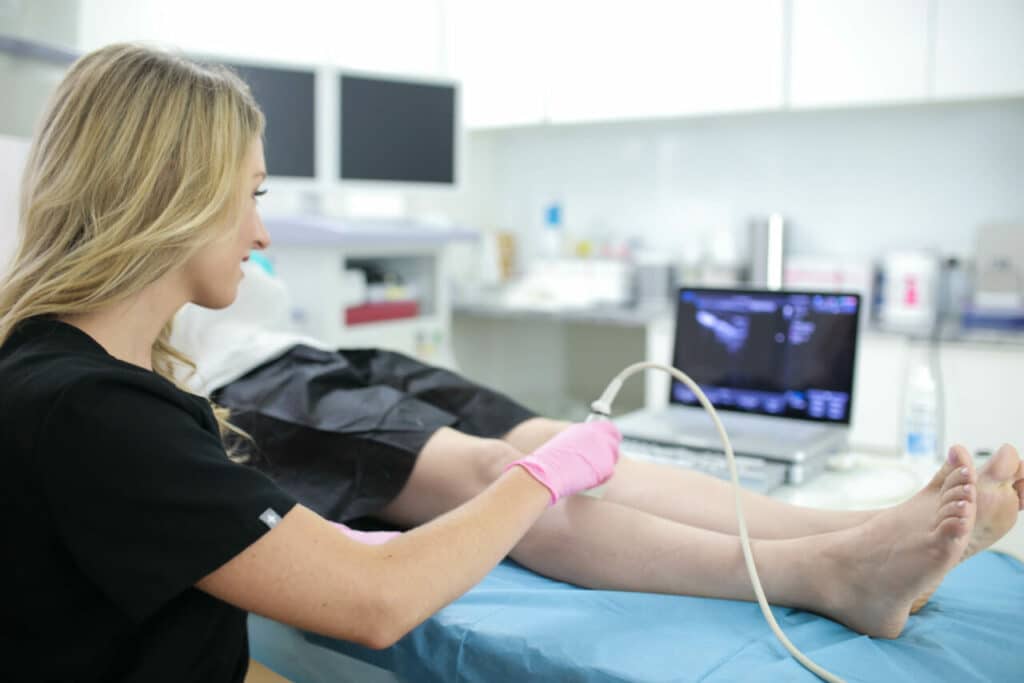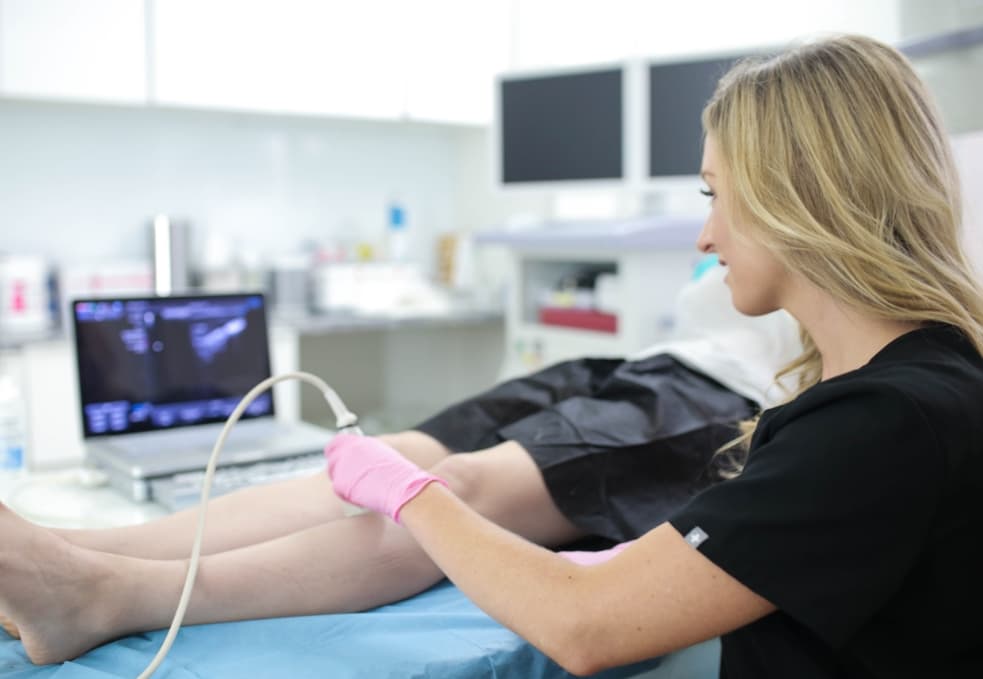No, varicose veins can’t go away naturally!
If you’re dealing with varicose veins, you’re probably wondering if there’s anything you can do to get rid of them. Unfortunately, without medical intervention, there’s no way to get rid of varicose veins completely. Now, you might wonder why varicose veins don’t go away naturally. To understand that, you need to understand what varicose veins are and how they’re formed.
Varicose veins are most common in the legs and ankles. They occur when the valves in your veins become weak or damaged and allow blood to flow backward. This can cause the veins to become enlarged, twisted, and visible under the skin. Veins have one-way valves that keep blood flowing toward the heart. When these valves don’t work properly, blood can pool in the vein and cause the vein to become swollen and twisted, leading to varicose veins.
Varicose veins can’t be cured or reversed because the damaged vein valves can’t heal naturally. In fact, the damaged vein valves can’t be healed at all. The only way to treat varicose veins is to remove them and remove or destroy the diseased saphenous vein responsible for your vein problems. Once the diseased vein is removed, the accumulated blood will automatically reroute into healthier leg veins and restore optimal blood circulation.
If you have varicose veins, you may be wondering if there’s anything you can do to get rid of them. Unfortunately, there’s no way to get rid of varicose veins without medical treatment. Natural remedies, such as exercising, elevating your legs, and wearing compression stockings, can help improve symptoms, but they won’t get rid of the veins. This article describes the best conservative and minimally invasive solutions for varicose veins.

What are the best conservative treatments for varicose veins and spider veins?
Without medical intervention, there is no way to completely get rid of varicose veins. However, there are some things you can do to minimize their appearance and make them less uncomfortable.
- Exercise: Exercise is one of the best things you can do for your body, and it can also help to reduce the appearance of varicose veins. Exercise helps to improve blood circulation, which can help to reduce the pooling of blood in your veins.
- Compression stockings: Wearing compression stockings can also help to reduce the appearance of varicose veins. Compression stockings or socks can apply pressure to your veins and improve blood flow.
- Avoid sitting or standing for long periods of time: If you have a job requiring you to sit or stand for long periods, make sure to take breaks often. Walking around for even a few minutes can improve blood circulation.
- Lose weight: If you’re overweight or obese, losing weight can reduce the pressure on your veins and improve blood circulation.
- Elevate your legs: When you’re resting, elevate your legs above the level of your heart. This will reduce the pooling of blood in your veins.
These are just a few things you can do to reduce the appearance and discomfort of varicose veins. If you’re concerned about your varicose veins, talk to your vein doctor in Long Island. They can help you create a personalized treatment plan that’s right for you.
Long Island Vein Center is led by some of the most skilled, board-certified vein doctors in Long Island. Our vein doctors administer advanced ultrasound scans and tests to determine the root cause of varicose veins, following which they curate a personalized treatment plan, which may include endovenous ablation, venaseal, and other minimally invasive procedures. You can find our vein centers in West Islip, Jericho, and Hampton Bays. Please schedule an appointment at your nearest vein center in Long Island.
What are the best minimally invasive treatments for varicose veins and spider veins?
- Endovenous laser ablation and endovenous radiofrequency ablation are the most effective minimally invasive treatments for varicose veins. Both of these procedures involve inserting a small catheter into the affected vein. The catheter delivers laser energy or radiofrequency energy to the vein, which causes the vein to collapse and seal shut. These procedures are usually done in an outpatient setting and don’t require incisions.
- Venaseal treatment is another minimally invasive treatment for varicose veins. This procedure involves injecting a medical adhesive into the affected vein. The adhesive seals the vein shut and prevents blood from flowing through it. Venaseal treatment is a safe and effective option, and it doesn’t require any incisions.
- Clarivein treatment is another minimally invasive option for varicose veins. This procedure involves inserting a small catheter into the affected vein. A rotating wire is passed through the catheter, and the wire damages the vein walls, which causes the vein to collapse and seal shut. The specialized catheter also delivers a sclerosing agent into the veins to seal their walls shut, turning them into hardened tissues absorbed by the body.
- Ambulatory phlebectomy is a minimally invasive surgical procedure for superficial varicose veins. This procedure involves making a small incision in the skin and removing the affected veins. Ambulatory phlebectomy is a safe and effective treatment, but it’s only suitable for superficial varicose veins — not the underlying vein disease.
- Sclerotherapy is a minimally invasive treatment for spider veins. This procedure involves injecting a liquid chemical into the affected vein. The chemical damages the vein walls, which causes the veins to collapse and seal shut. This is one of the best treatments for spider veins.
These are just a few minimally invasive treatments available for varicose veins and spider veins. If you’re dealing with vein problems, talk to your vein doctor about the best minimally invasive treatment options for you.

